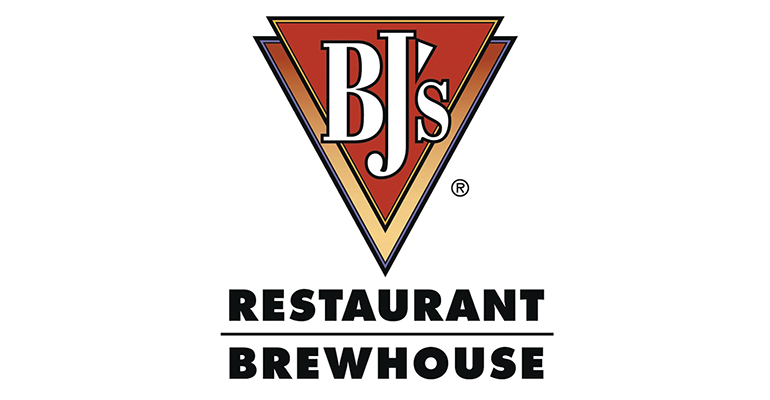Blaming a rancorous presidential campaign for contributing to one of the toughest restaurant cycles since the great recession, BJ’s Restaurants Inc. is slowing restaurant development in 2017 to focus more on boosting traffic.
After reporting a 3.4-percent decline in same-same store sales for the Sept. 7-ended third quarter on Wednesday, Greg Trojan, BJ’s CEO, said the company planned to temporarily reduce the number of new restaurant openings next year to 10 to 15, compared with the 17 expected to open this year.
The third-quarter same-store sales decline included a 0.8 percent increase in average check that was offset by a 4.2 percent decline in traffic, the company said.
The Summer Olympics were partly to blame. But Trojan said the presidential campaign, in particular, has put guests in a bad mood.
“I think that the tone of this year's political season, regardless of where your allegiance may lie, has generated what some would call a nearly unprecedented level of negativity and doubt in the minds of the everyday American citizen,” said Trojan. “During the quarter, many preferred to stay home versus going out.”

The presidential conventions and the first campaign debate hurt dinner traffic, particularly on the West Coast where the programming typically started around the dinner hour, Trojan said.
To combat the more challenging macro environment, BJ’s will focus resources more on building sales rather than building new restaurants, he said.
“In times like these, where the sales headwinds are blowing fiercely, we are choosing to point more weapons at growing sales in existing restaurants versus opening more restaurants, much like we did during the 2008 and 2009 down cycle,” he said.
Trojan said the decision to slow growth was also a result of the recent increase in restaurant closures and bankruptcy filings across the industry, which could benefit BJ’s over the long term.
“It looks like the tide has finally turned in favor of a slowing in the pace of seed expansion and, although it will take some time, we believe we will see even more attractive real estate and better underlying rents over the next 12 to 18 months than currently exist,” he said.
BJ’s also lapped a strong third quarter in 2015 when the Huntington Beach, Calif.-based chain introduced its Loaded Burger platform and quinoa bowls, which helped boost same-store sales by 2.3 percent a year ago.
This year the chain has also offered more discount deals, which has impacted average check. In the fourth quarter, he said the chain plans to use technology to do more targeted marketing of discounts based on guest preference and transaction history.
The chain is also extending the successful “Enlightened Menu” category with a new line of soba noodles dishes, a vegan lentil soup and a “super food” salad.
For the holiday season, BJ’s is also adding a rib-eye and ahi tuna steak option, which Trojan described as a great value.
Revenues for the quarter increased nearly 2 percent to $233.7 million.
Net income was $7.2 million, or 30 cents per share, compared with $12.4 million, or 48 cents per share, a year ago, including the one-time pre-tax gain related to a lease termination in the third quarter of 2015.
Excluding that one-time benefit, adjusted net income a year ago was $10.2 million, or 39 cents per share.
With 185 units currently, Trojan said he remains confident that BJ’s will reach 425 locations nationally, despite the challenges for the casual-dining industry as a whole.
“It’s worth remembering that, even in down restaurant cycles such as this — and we have lived through them before — that full-service dining at nearly $300 billion in revenue continues to be the largest segment of the restaurant industry, with casual dining making up about two-thirds of that segment,” he said. “Our market share of casual dining at approximately 0.5 percent represents a large opportunity for us to continue to penetrate and take share in this mature, but very large market.”
Contact Lisa Jennings at [email protected]
Follow her on Twitter: @livetodineout

